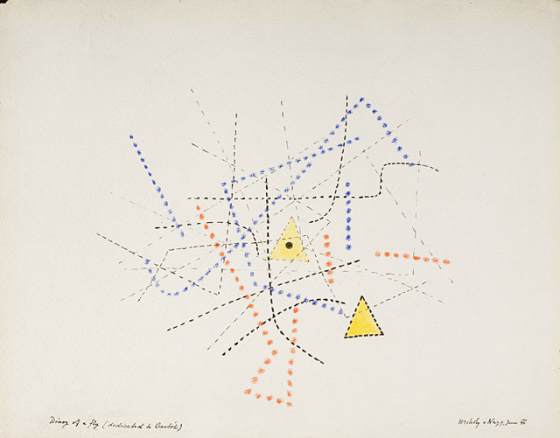Let’s see what trivia I can dredge up about the songs in Christmas Carol‘s score.
Opening — Listen for that interval of the descending fourth throughout: “Christmas!”
Bah! Humbug! — A perfect example of my early predilection for oddball meters (5/4 in this instance) as well as for waltzes. Lots of interior rhymes, just like Sondheim. Fun for the audience; not so much for Scrooge.
Past’s Arrival — The Ghost of Christmas Past’s theme is simply two tritones, starting on the G/C “Christmas” interval. Some might think they hear the old Campbell’s soup theme in the “countryside” theme, but they would be imagining things. I’ll tell you when I’ve stolen something.
Country Dance — Piece of cake to write, given my years of experience with the University of Georgia Period Dance Group. But getting Finale 2014 to get the repeats right was an ordeal.
A Reason for Laughter — The NCTC Gala in 2002 kicked off my last season as artistic director, and to prepare the audience for my swan song, Mozart’s Marriage of Figaro, we staged the finale of Act II. The audience was surprised and delighted that they a) understood it; and b) thought it was funny. But no one thought it was as funny as Caroline Carr and Stan Gentry, who were watching from the wings and suddenly recognized Figaro’s entrance as the opening of this song. Yes, I had stolen the phrase, figuring no one in Newnan would ever really recognize it. Oops. Hoist on my own petard.
That You — It’s like this. I’d been reading The Unanswered Question, by Leonard Bernstein, and I was struck by a comment he made about Don José’s “Flower Aria” in Bizet’s Carmen: no one phrase really repeats; the song just kind of grows. So I set out to do something similar. The result is a song that demands a two-octave range from a soprano, and not the right two octaves. It can’t keep to the same meter for more than three measures, and the accompaniment always sounded clumsy. On the plus side, it’s pretty.
Christmas Present Street Scene — This was originally a church choir piece called Gloria in excelsis, never performed, and so I cannibalized it, adding the Christmas Waltz (I am a dab hand with a waltz) and the Chorale for the churchgoers.
The Cratchits’ Prayer — Another cannibalization: this one from Neil Simon’s The Good Doctor, which we had done the year before maybe. There’s a scene in which two lonely types sit on a park bench and sing “Too Late for Happiness.” I don’t know whether there was official music to the song, but I just wrote one for us. Another quirky meter (7/4) cum waltz. Also: this song was nicknamed the “Gag a Maggot Song” for its shameless bathos. Also also: because of this song and the later scene at Tiny Tim’s death, anyone playing Bob Cratchit was automatically nominated for the now-defunct NCTC 4-H Award, given to that actor who milked a scene beyond the call of duty.
Fred’s Waltz — Yet another cannibalization: when I was in high school, I wrote an overture to The Madwoman of Chaillot, never performed. This waltz was one of the tunes.
20 Questions — The opening phrase of this one was inspired—if that’s the phrase my lawyers prefer—by the opening phrase of an Australian composer’s symphony. Also, kudos to Marc Honea, who as a yout’ took the assignment of writing lyrics for this seriously enough to write a neat little scene.
Ignorance and Want — One of the best things I’ve ever written, this grim mazurka pounds out Dickens’ message in perfect 3/4 time. The text is lifted directly from the novel.
People Like Us — I thought it would be fun to write a little fugue-like piece where each character enters one after the other and keeps adding to the list of material goods they steal from the dead. The message underscored Dickens’s, that you can’t take it with you.
Graveyard — A setting of the medieval Dies irae, of course.
Finale — I will state outright that I think this is the best ending to any version of Christmas Carol anywhere. It starts with Scrooge “waking” in his bedchamber, whirls us through his delirious realization that he’s alive, and then we’re off to the races. The ending of the novella is very quick, but most adaptations get bogged down in fleshing out each part of the ending in detail. Here we just romp through the turkey, the Philanthropic Gentlemen, the Cratchits, Fred’s house, and Bob Cratchit’s raise, all to the giddy scherzo of “Hey, boy, what day is today?”, woven throughout with the Christmas Waltz, and ending with the reprise of “A Reason for Laughter.” Done, and done—thunderous applause.
